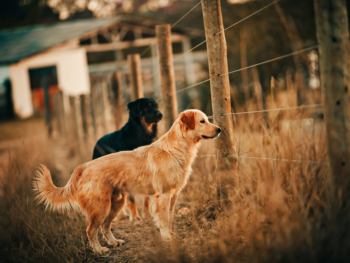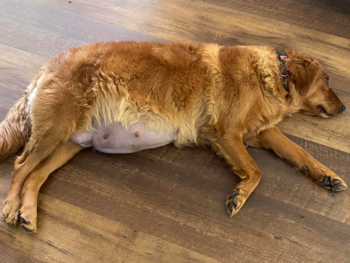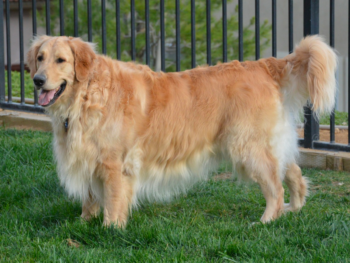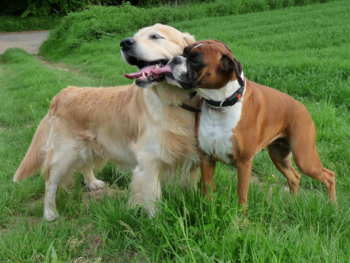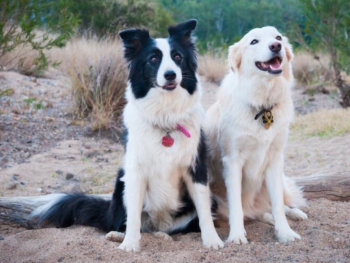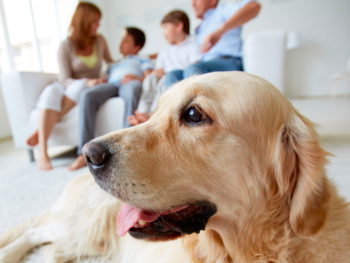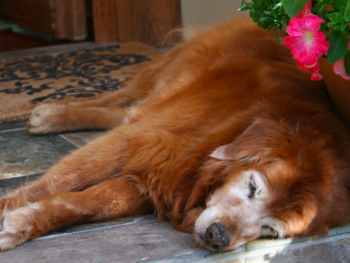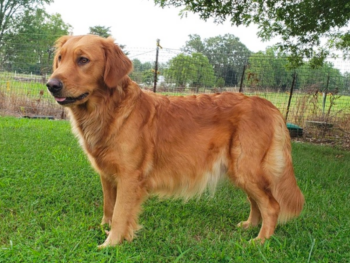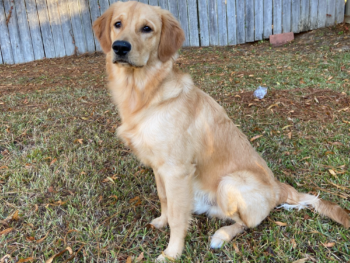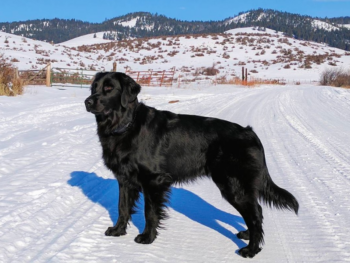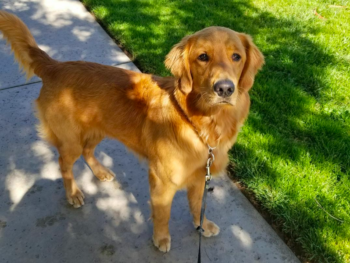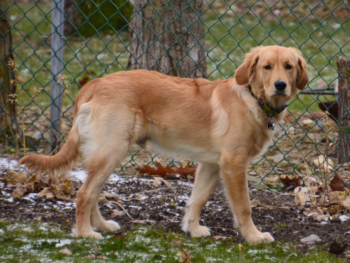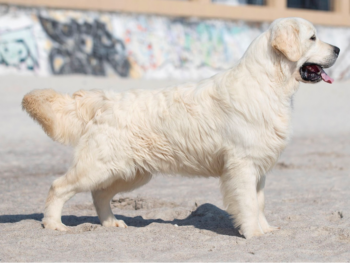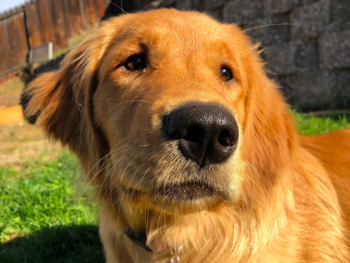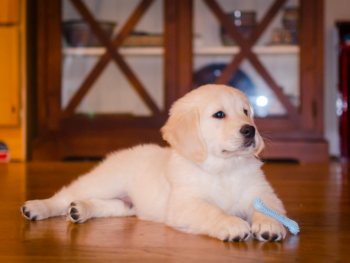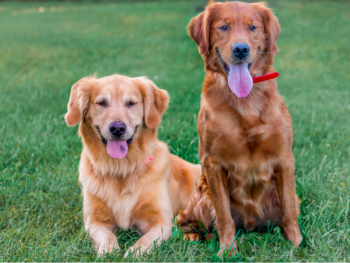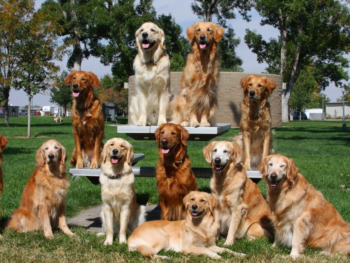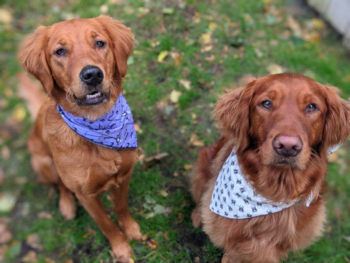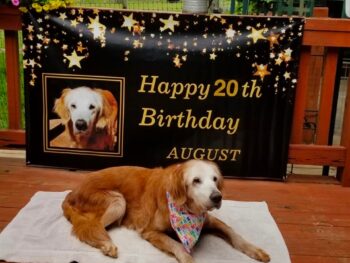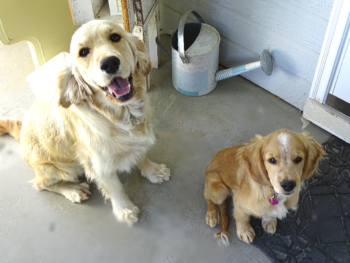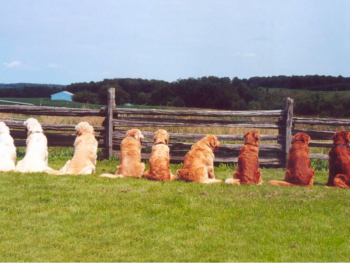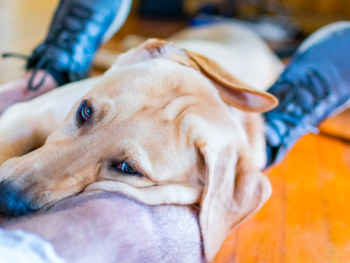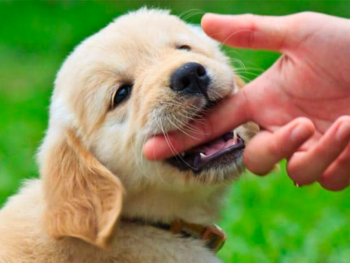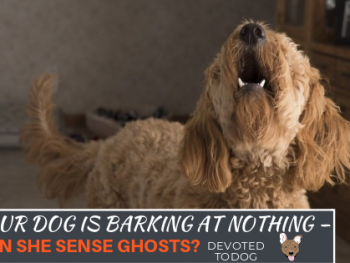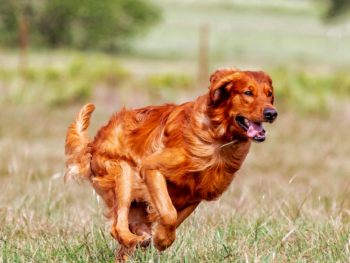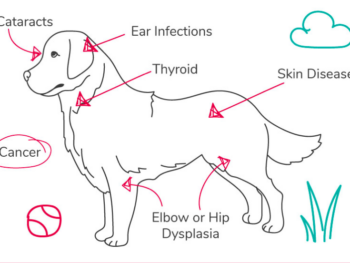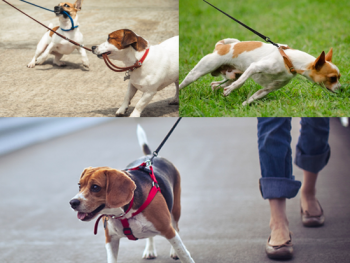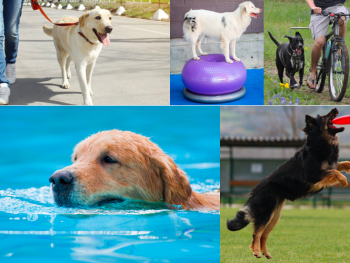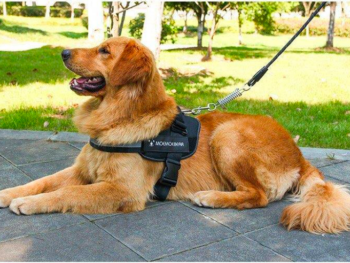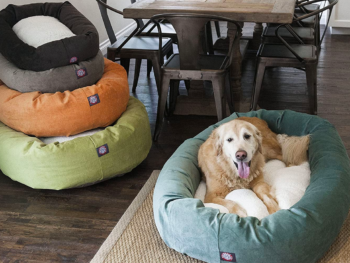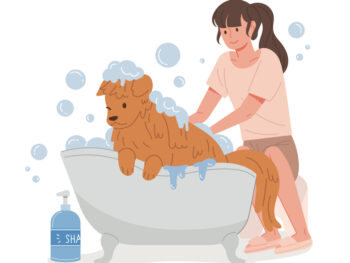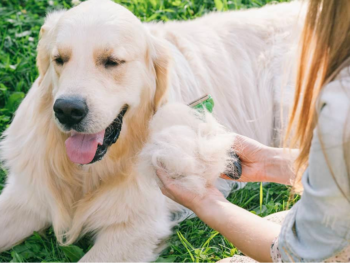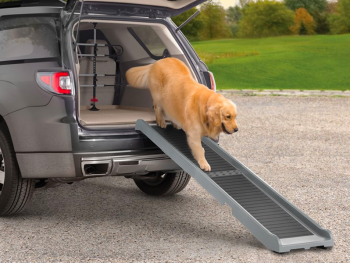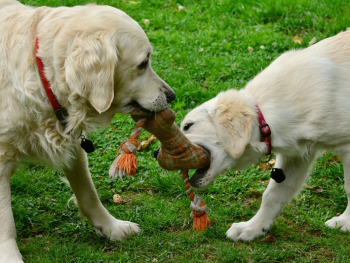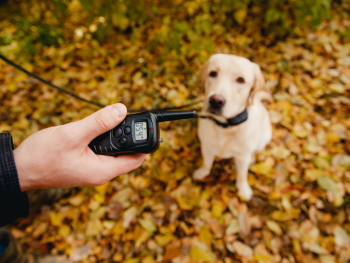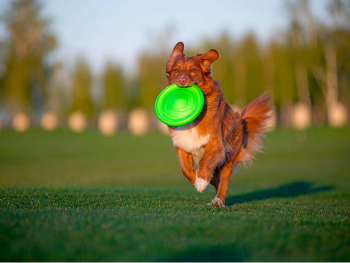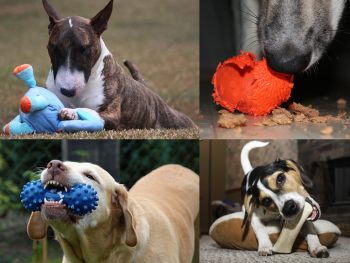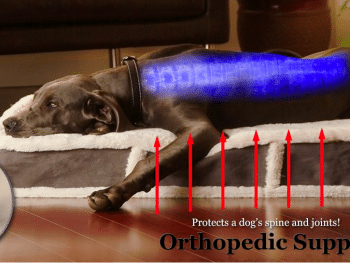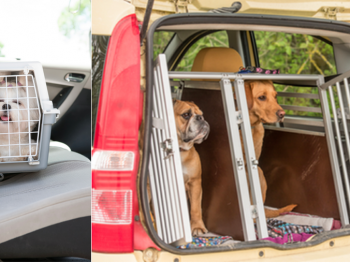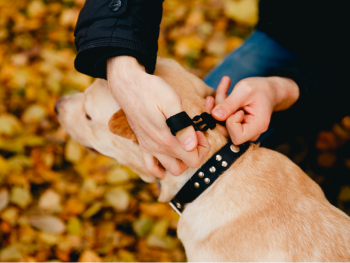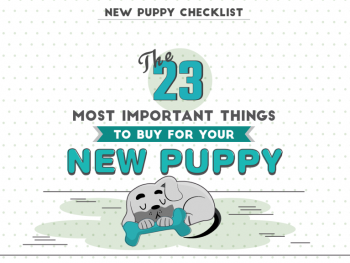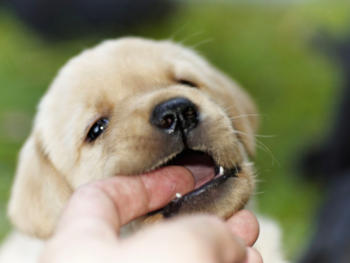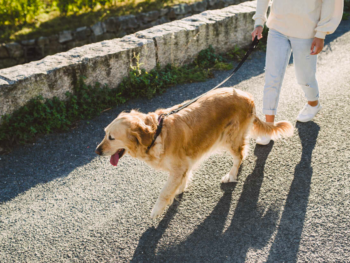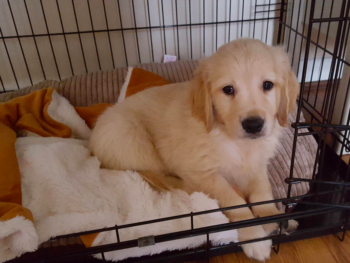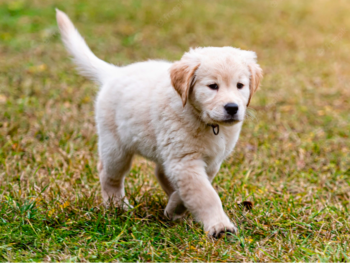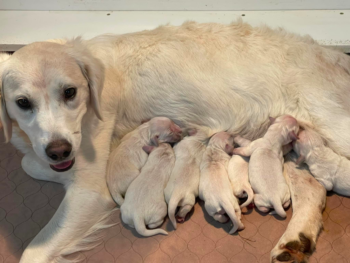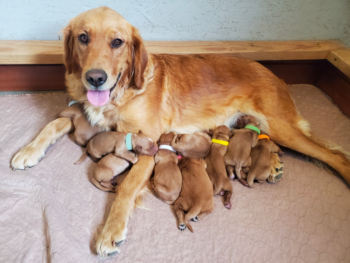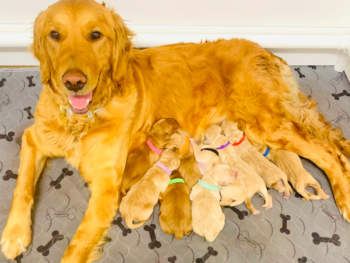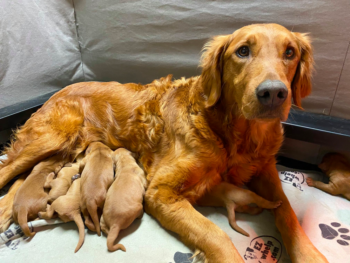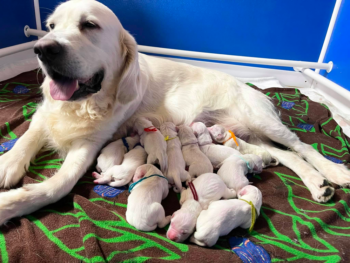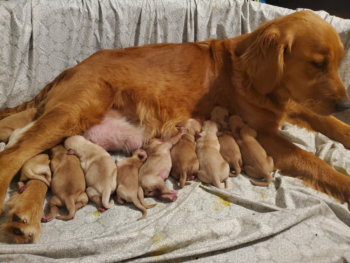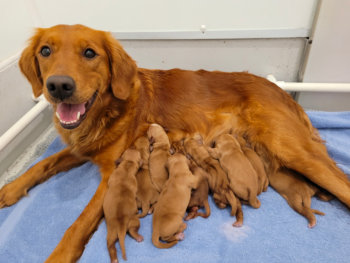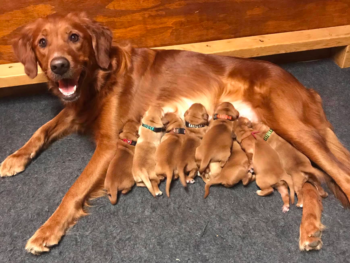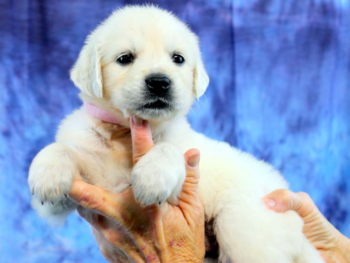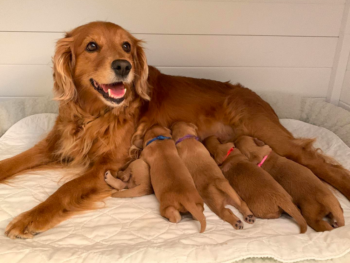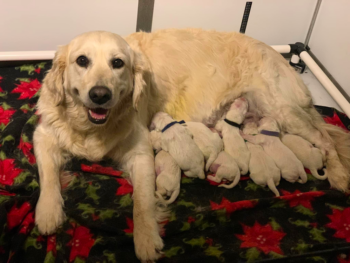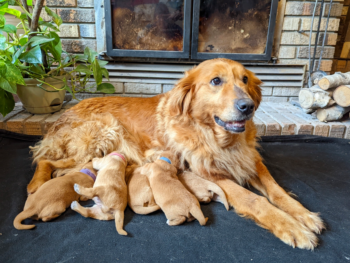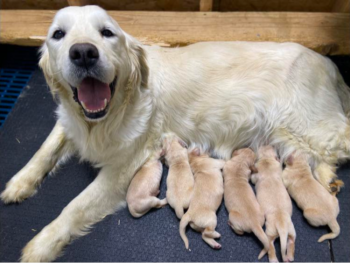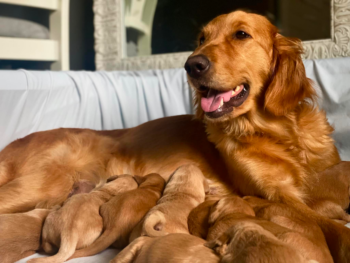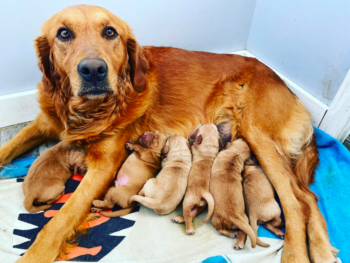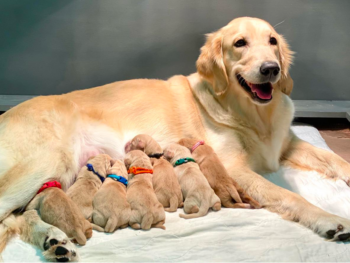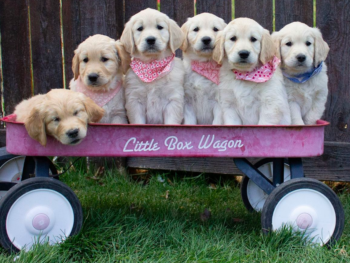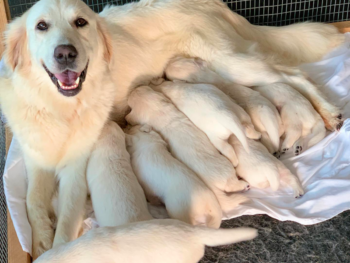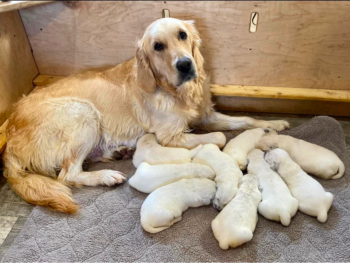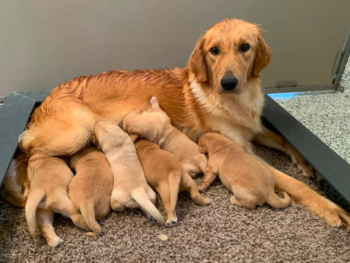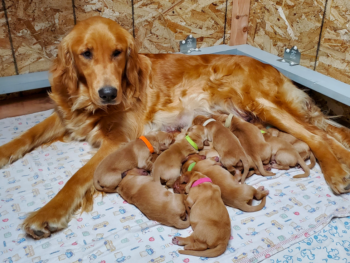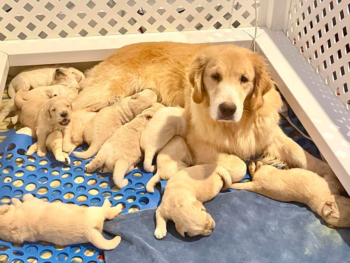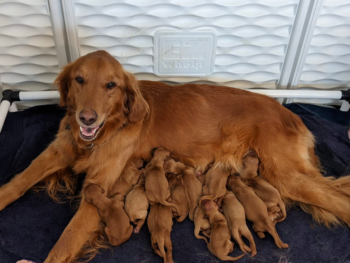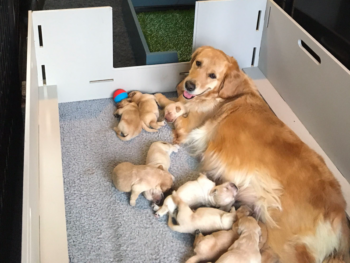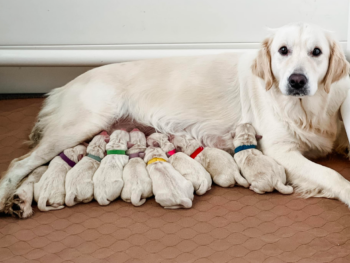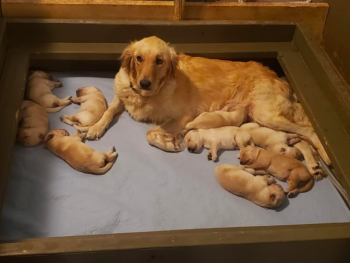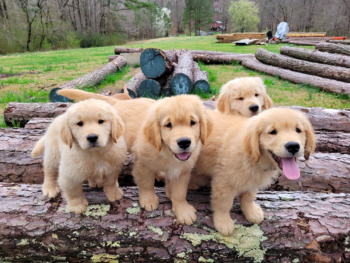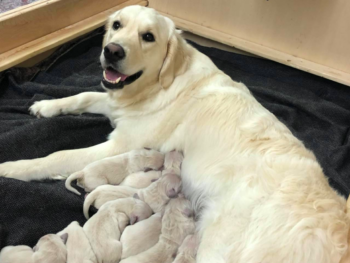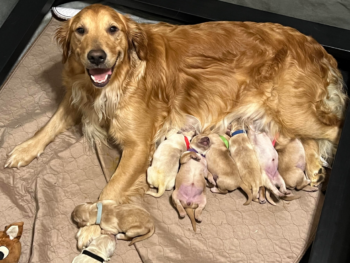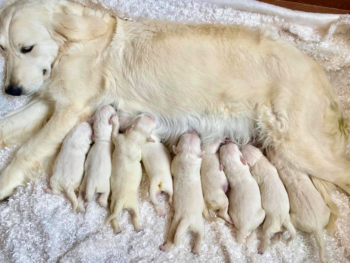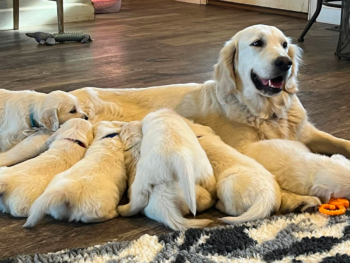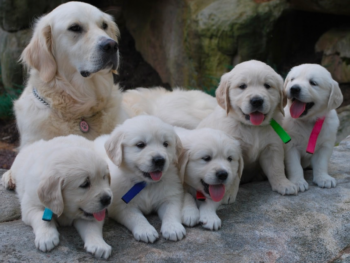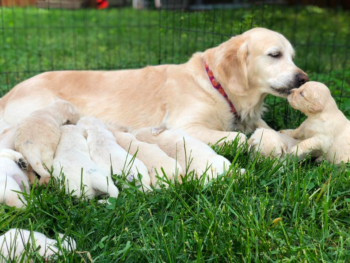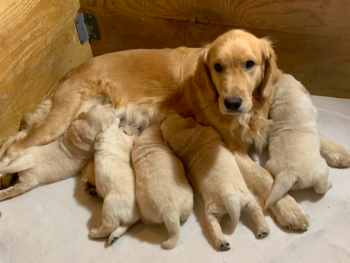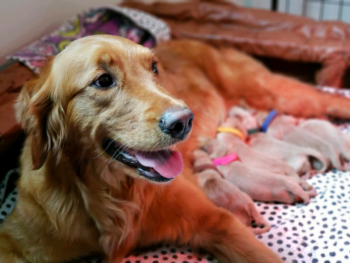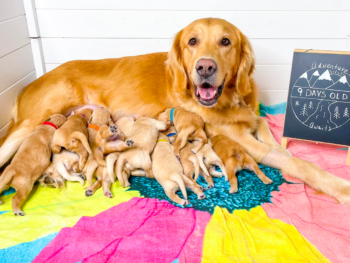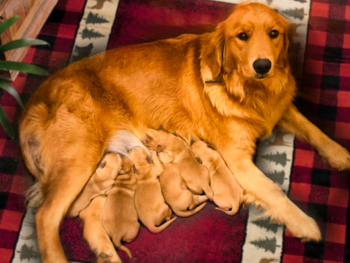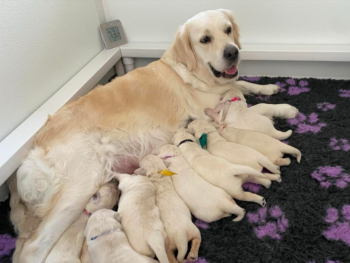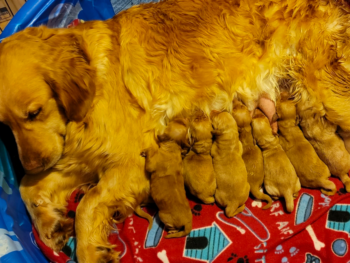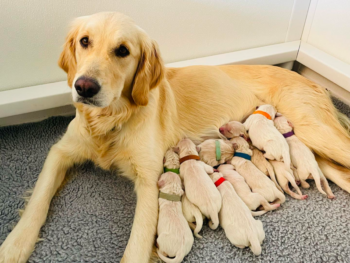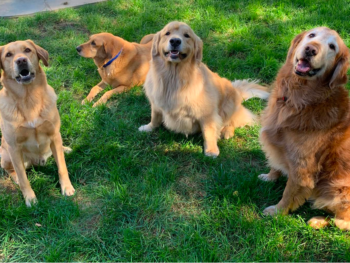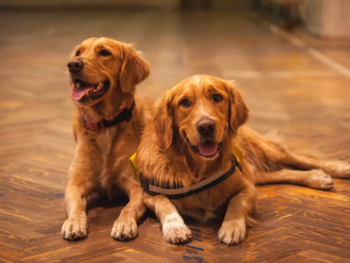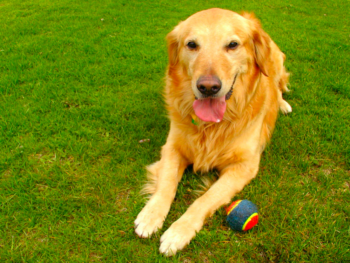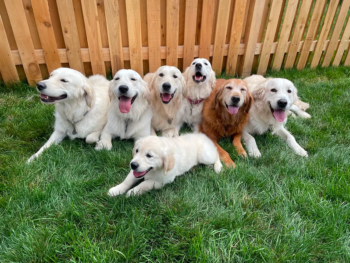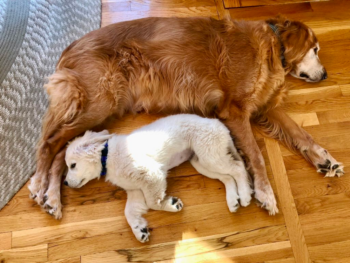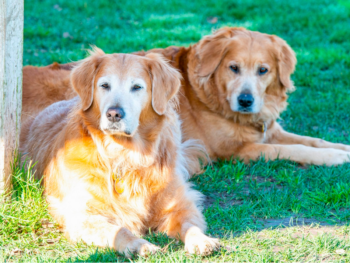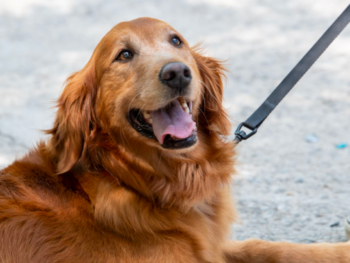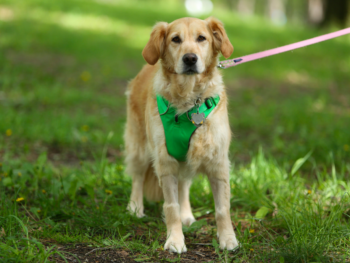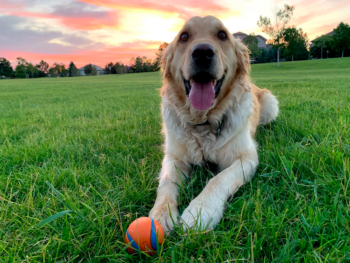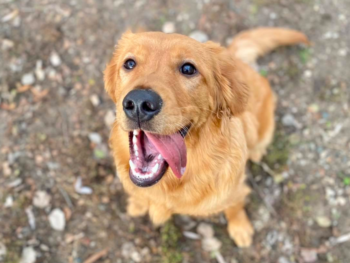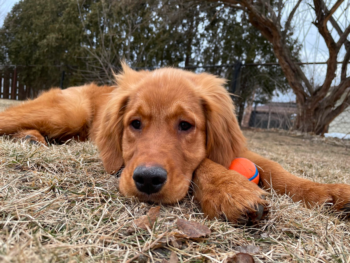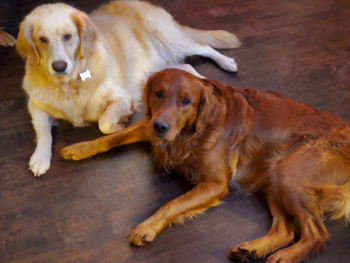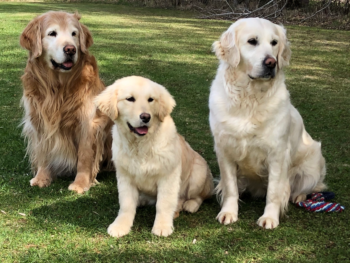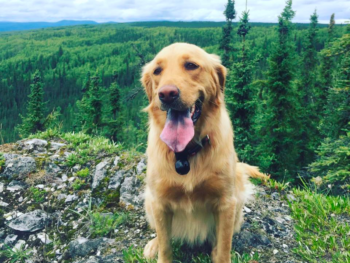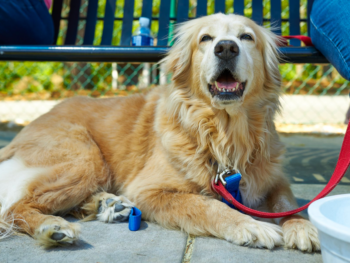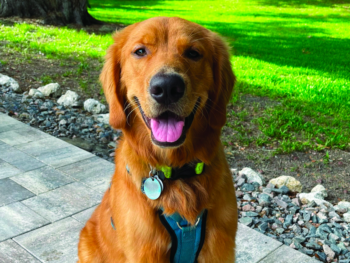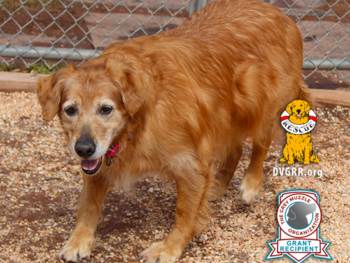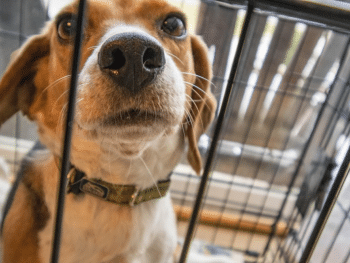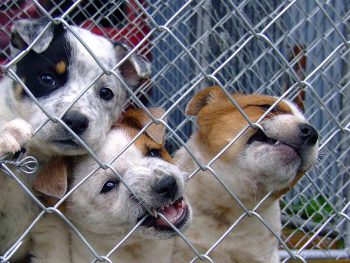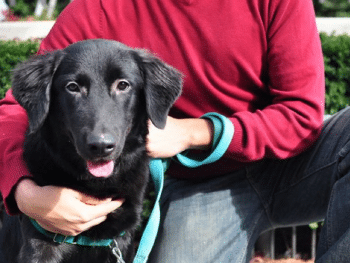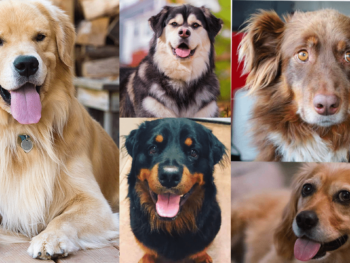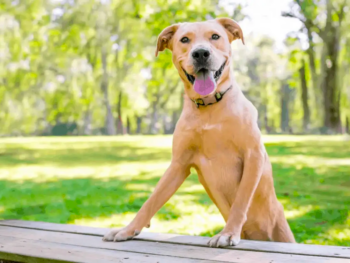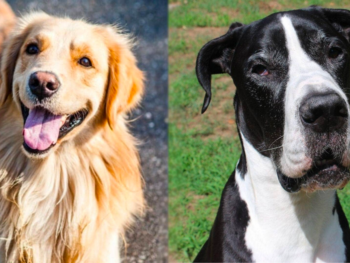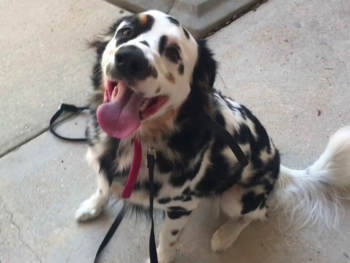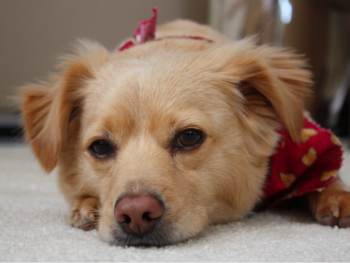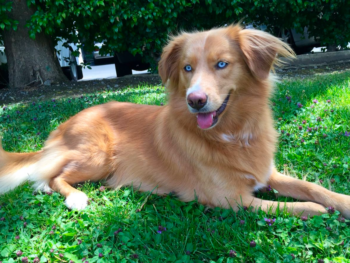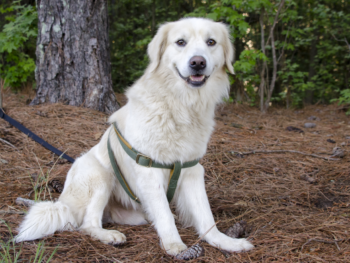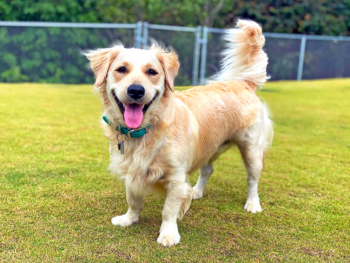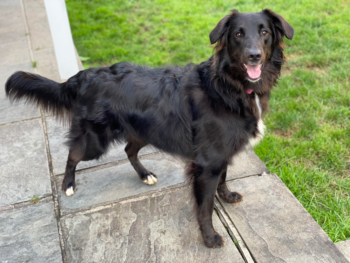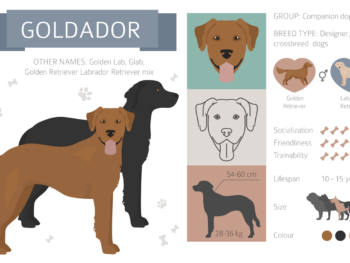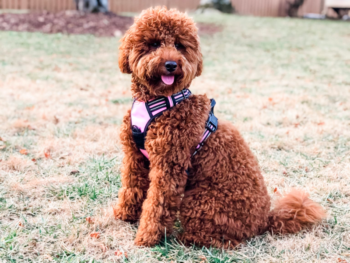The Complete Guide to Golden Retrievers: Types, Temperament, Health, Care, Breeding, Raising, Training, and Much More!
The Golden Retriever is a terrific pet, and every dog owner knows this. A perfect mix of gentle yet energetic, smartness, friendliness, and a lot more. They are a multi-purpose breed and it is no wonder they are so highly ranked when looking at the top 5 most popular dog breeds in the world today.
We love the Golden Retriever for a couple of reasons:
- They’ve got awesome personalities: The Golden Retriever is a very playful breed with a love to give. They are joyful, goofy, loving, loyal, and very sweet and their awesome personalities are probably why they are so popular.
- They make great working dogs: Golden Retrievers make excellent therapy, search and rescue, service, and great hunting dogs.
- They are great with children and other pets: Their gentle demeanors and overall loving personalities of the Golden Retriever make them the perfect dog for children and other pets.
- They are easily trainable: Their high level of intelligence and smartness makes them easily trainable. It’s no wonder they make great working dogs.
These are just a few of the many reasons why we love and cover the Golden Retriever breed.
Devoted to DOG is a website that focuses on the smart and energetic Golden Retriever breed. The website offers quality information, all you need to know about the Golden Retriever.
This includes health, temperament, characteristics, training, grooming, and a lot more. We also provide quality information on where to find the best and most reputable breeders for each breed in the United States.
So whether you are a soon-to-be dog owner looking for a healthy quality furry companion to be by your side or you are a dog owner looking for a second pet and are interested in learning new techniques and training tips, we have got you covered.
The goal of this website is to introduce everyone with little to no knowledge of the canine world, to the loving and fun-filled experience that this adorable creature brings with them. With a massive array of canine information at your disposal, you truly would be devoted to dogs.
Golden Retriever Breed Profile and Types
The Golden Retriever comes in a variety of sizes, colors, coat lengths, and types, and that is what this section is all about.
Here, we provide all the necessary information that you would need on the Golden Retriever’s breed profile. Its type, its coats, fun facts about the Golden Retriever, its history, and lots more.
In this category, you get to learn about the various types of Golden Retrievers (The American, British or English, and Canadian Golden Retrievers), and the differences between these types.
We also cover a detailed comparison between the Standard Golden Retriever and the Miniature Golden Retriever so you can decide which of the Golden Retriever styles you would like.
We also do our best to break down the average cost of owning and raising a Golden Retriever from puppy to adult stage to better help you decide and plan.
Sometimes, we tend to get overwhelmed when asked to make a selection, and this is even quite common when picking an adorable furry partner that would spend the rest of its life with you.
This section also helps you with information on how to select a strong and healthy Golden Retriever from a highly reputable breeder that would be just perfect for you and your family. It would also contain important information on everything that would be needed in raising a Golden Retriever puppy. You also get to learn in detail, the 5 stages of Golden Retriever Puppy Growth (from baby to adult). This is to help you figure out what to do with your pup in each stage of its growth.
We provide all info about each state of a puppy from 6 weeks to 2 years below:
- 6-Week-Old Golden Retriever: Developmental Milestones to Expect and Mistakes to Avoid
- 8-Week-Old Golden Retriever: Growth, Developmental and Behavioral Expectations
- 3-Month-Old Golden Retriever: Training, Feeding, Sleeping
- 4-Month-Old Golden Retriever: Training, Feeding, and Behaviors
- 5-Month-Old Golden Retriever: Behaviors, Feeding, and Training
- 6-Month-Old Golden Retriever: What to Expect from Canine Adolescence
- 7-Month-Old Golden Retriever: Full-Blown Adolescence And You
- 8-Month-Old Golden Retriever: Behavior, Training, and Development
- 1-year-old Golden Retriever: A Journey into Adulthood
- 2-Year-Old Golden Retriever: Full-Grown, Adulthood, Playful
- Senior Golden Retriever: Signs of Aging and How to Care for Your Old Dog
Golden Retrievers Behaviors
In this section, we help you establish a stronger bond with your Golden Retriever companion. By providing you with a deep understanding of the Golden Retriever breed’s behavioral pattern. You get to understand why your Golden Retriever acts the way it does and basically what it is telling you.
Golden Retriever Health and Care
Taking care of your Golden Retriever is a truly important aspect of owning a Golden Retriever. You have to strive to ensure that your furry companion stays its healthy happy, energetic, and fun-loving self, and luckily that is what this section is all about.
We give you all the basic and advanced knowledge required to ensure that your Golden Retriever stays healthy. There’s a lot you could learn from this section, so you better get on reading.
In this category you get to learn about:
- What are common health issues that the Golden Retriever is prone to have? So you can better prepare, for which health issues can be prevented by vaccination, and which cannot.
- When to neuter or spay your Golden Retriever to prevent an unexpected pregnancy.
- The Golden Retriever’s heat cycle and when your Golden Retriever goes into its first heat
And a lot more.
Golden Retriever Accessories
This Section would provide you with all information on every accessory and item you might need to keep your Golden Retriever friend happy and energetic. These include: dog harnesses, beds, grooming brushes, shampoos, dog foods, dog toys and a lot more.
Golden Retrievers Training
Trainability is another crucial aspect of owning a dog. We all have wanted a dog that listens to vocal commands and literally does what we tell it to. Luckily, the Golden Retriever is just that breed. Learn everything you need on training your Golden Retriever.
Reputable Golden Retriever Breeders
In addition to choosing the right Golden Retriever that is perfect for you or your family, you equally need to choose the right Golden Retriever Breeder that cares about the well-being, quality, and health of the beautiful breed.
This section tells you all you need to know in choosing a reputable breeder. We also provide a list of the best Golden Retriever breeders by state.
Note: We do understand the stress it could cause looking for a reputable breeder in your state. This is why we put in a lot of time and resources, researching some of the best and truly reputable breeders in each state in the US.
We do this because we care a lot about the health and well-being of both the breed and the owner or soon-to-be owner, as we look forward to releasing some of that stress.
However, we might not always be right in our selection as we follow our own criteria in determining what breeder is reputable or not. The ethics of the breeder could change and integrity could falter, so in with that, I strongly advise you do your due diligence in further researching each breeder.
Create a list of important questions you definitely would need answers to, interview each breeder and ensure that they are indeed reputable before choosing to work with or patronize them. Remember, these puppies would be with you for the rest of their lives, so do ensure they get the best experience possible.
Locate the state you reside and are interested in, search for all breeders listed there, and then search for their contact details. If you happen to be far off and would like to have the puppy shipped to you, you could make arrangements, who knows, your next best friend might just be in a state near you.
See the list below to check out reputable Golden Retriever breeders in each state.
Golden Retriever Rescues
If after reading all this, you decide that the Golden Retriever is just the right perfect for you and your family, we then say a big congratulations!
If adopting a Golden Retriever is more your thing, then this section provides you with an extensive and comprehensive list of some canine rescue organizations where you can find the perfect dog for you and your family.
This section also contains a piece of well-detailed information on how to select a good rescue and everything you need to know before choosing to adopt a Golden Retriever.
Golden Retriever Mixes
The act of crossbreeding the Golden Retriever with other dog breeds is a great way to reduce the likelihood of certain hereditary issues that are common to the Golden Retriever occurring while still retaining some of its most appealing looks and traits. In this section, we cover all the various mixes and combinations of the Golden Retriever, so you can decide what designer breed is best for you or your family.

